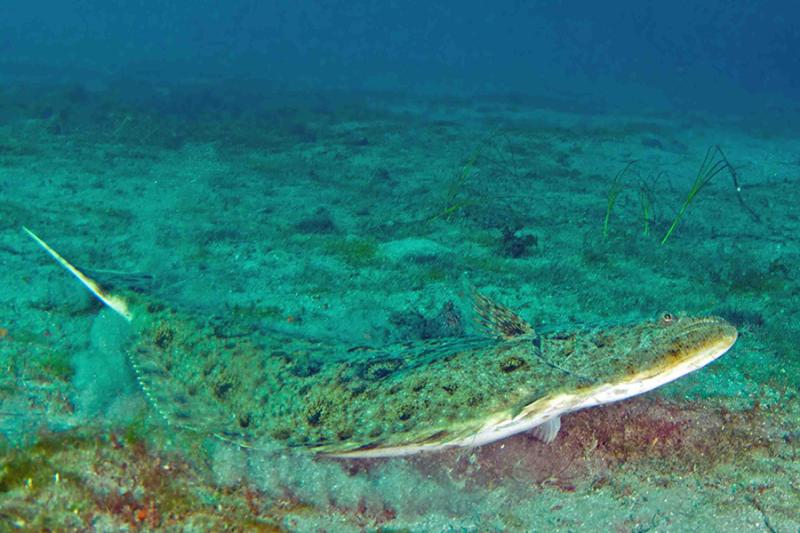With a precipitous decline in visitors to Alaska this spring, many Alaskan charter captains found themselves without customers, income, or future bookings, and with a need for help in sparking demand for sport (charter) halibut trips.
The North Pacific Fisheries Management Council reacted swiftly with a May 15, 2020, recommendation to the International Pacific Halibut Commission (IPHC) to ease regulations governing 2020 halibut charter measures in Areas 2C (Southeast Alaska) and 3A (Southcentral Alaska). The IPHC is an international organization established by a Convention between Canada and the United States of America to manage Pacific halibut stocks at optimum yield.
Commercial, recreational and subsistence Pacific halibut fishing in Alaska is managed through the IPHC. The U.S. delegation to the IPHC, led by NOAA Fisheries Assistant Administrator Chris Oliver, and commissioners Richard Yamada and Robert Alverson, successfully worked with the IPHC on behalf of the Alaska charter fishing sector in an emergency session to liberalize key charter halibut measures.
NOAA Fisheries is currently working on a proposed rule to immediately implement the recommendations of the IPHC. The IPHC recommendations included increasing the minimum fish size from 40 to 45 inches while maintaining an 80-inch maximum size in Regulatory Area 2C. An existing one-fish limit was maintained for Area 2C. For Regulatory Area 3A, which currently allows charter participants two halibut, the IPHC recommended maintaining the allowance of one fish of any size and increasing the current 26” maximum length limit on an angler’s second fish to 32”. The IPHC also recommended removing Area 3A restrictions on the number of fish a charter angler may retain annually (up from an annual limit of 4 fish), and eliminating prohibitions on retaining halibut on Tuesdays and Wednesdays. The proposed rule would revise regulations originally finalized in the Federal Register in March 2020 (85 FR 14586, March 13, 2020).
“I am very pleased at how supportive our Council, the State of Alaska, the Halibut Commission, and now federal regulators have been in expediting this request from Alaska’s charter sector,” said Commissioner Richard Yamada. “The economic benefits for charter businesses are yet to be seen, but for sure the capability of fisheries managers to take action expeditiously under these trying times has been welcomed.”
Andy Mezirow, a North Pacific Fishery Management Council member and for hire captain, said, “With tourism anticipated to be down as much as 70% in Alaska, this regulatory change will provide greater opportunity to anglers, allow the charter sector to come closer to achieving Optimum Yield, while keeping well within their allocation. The really impressive part of this action is the speed that the State, the Council, the IPHC and NMFS worked collaboratively to get a regulation changed, in season.”
The Alaska Department of Fish and Game contributed to the decision-making process by providing estimates of future harvests. The new regulations, although less restrictive, are anticipated to keep the charter harvest under its assigned allocation under the Catch Sharing Plan it shares with the directed commercial fishery. While this regulatory relaxation was a direct result of the falling fishing effort this year in Alaska, it does not set any precedent for regulations in future years.


